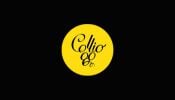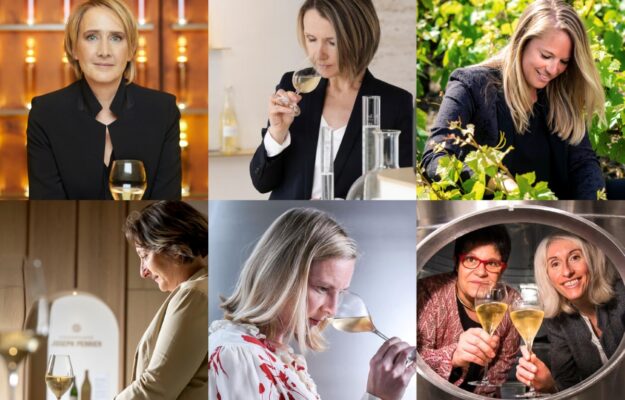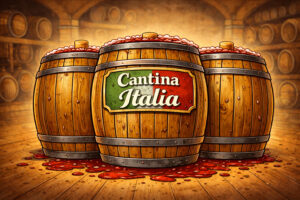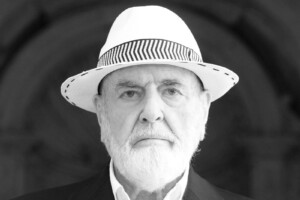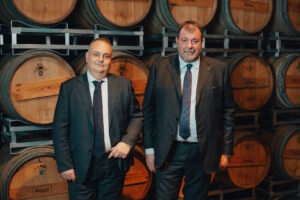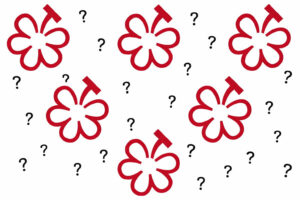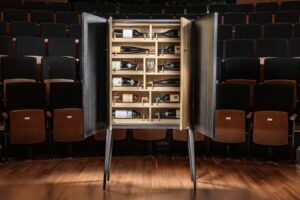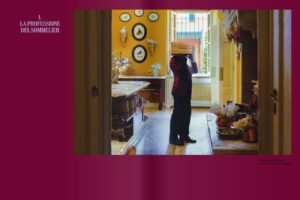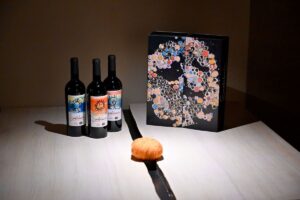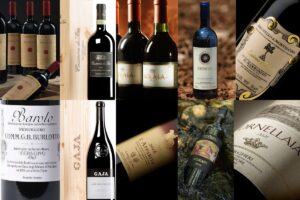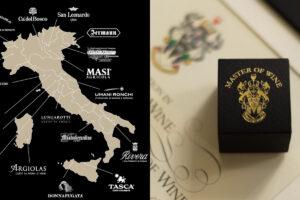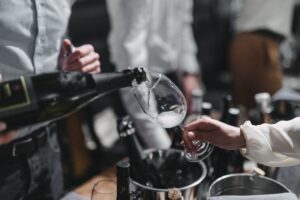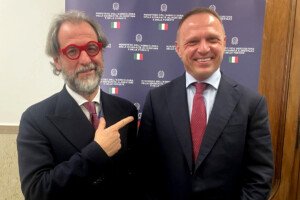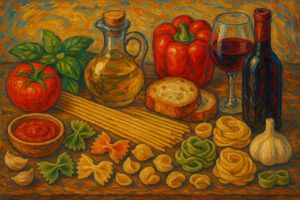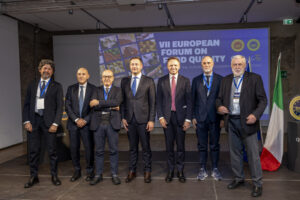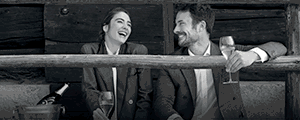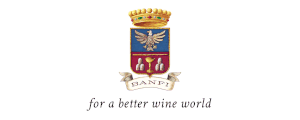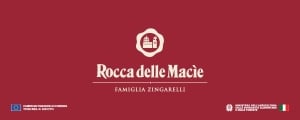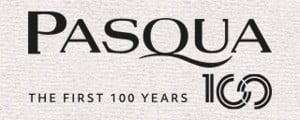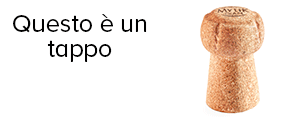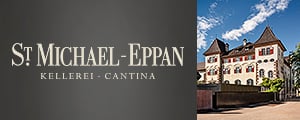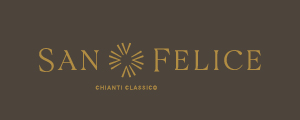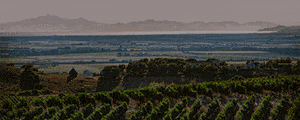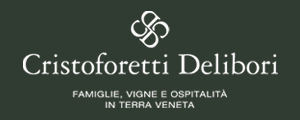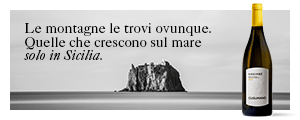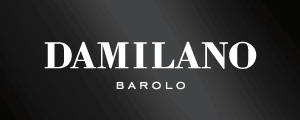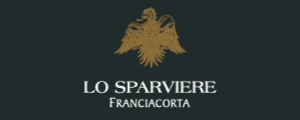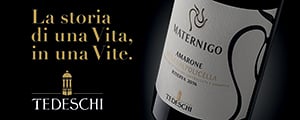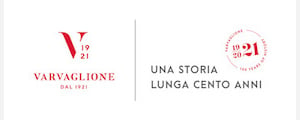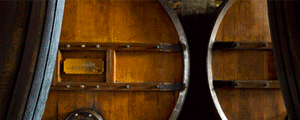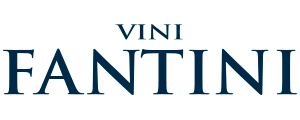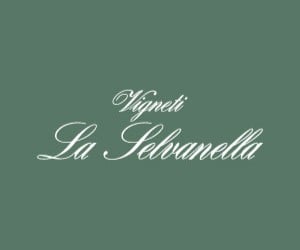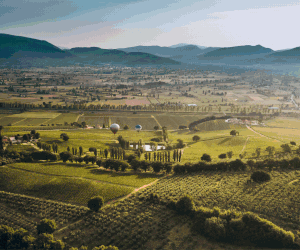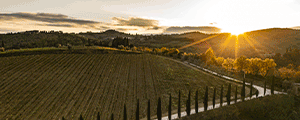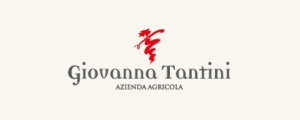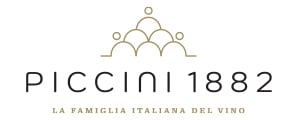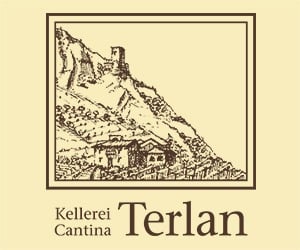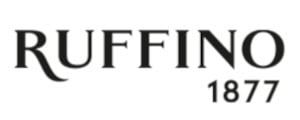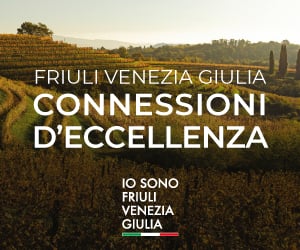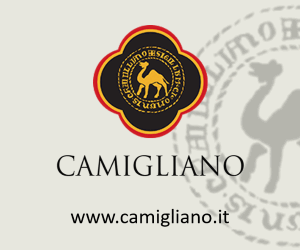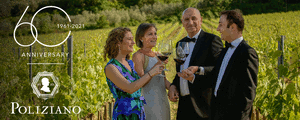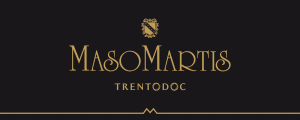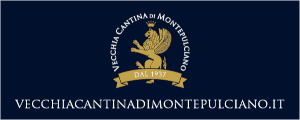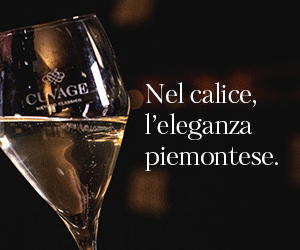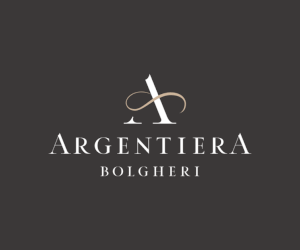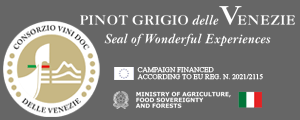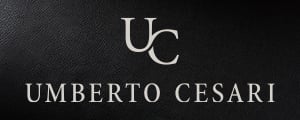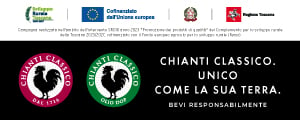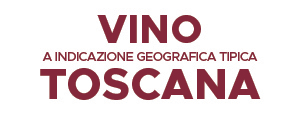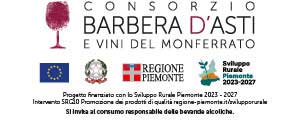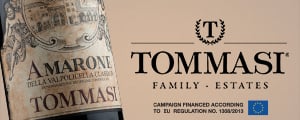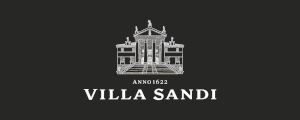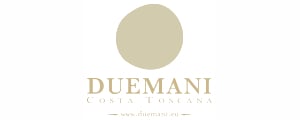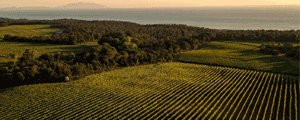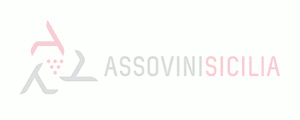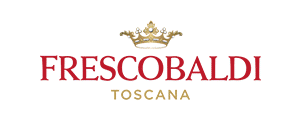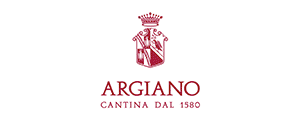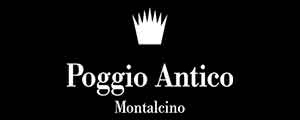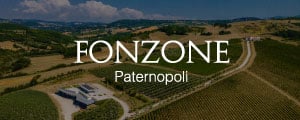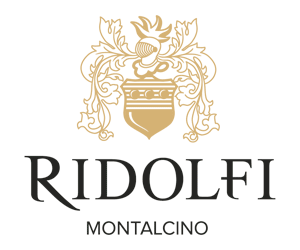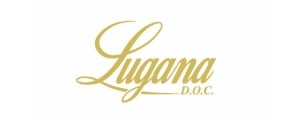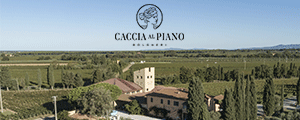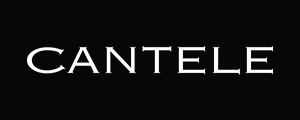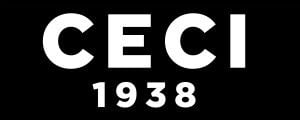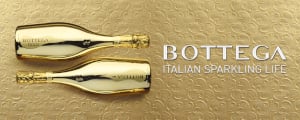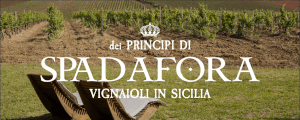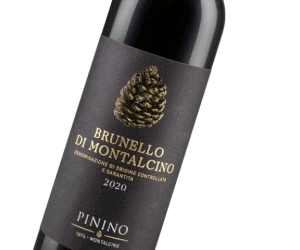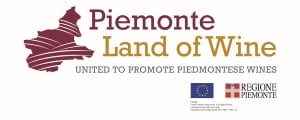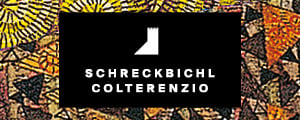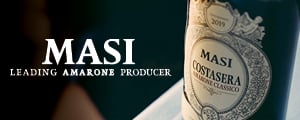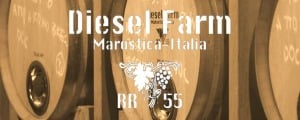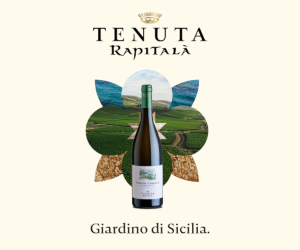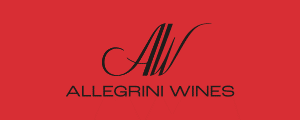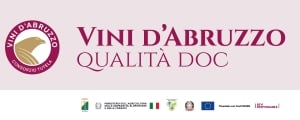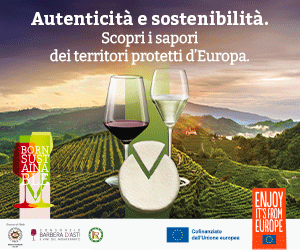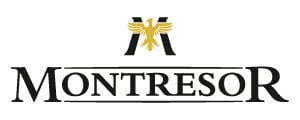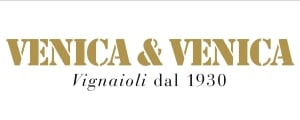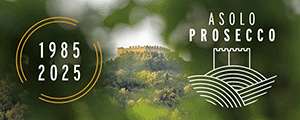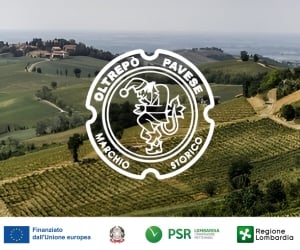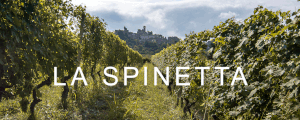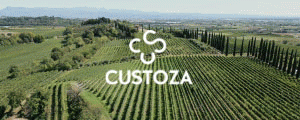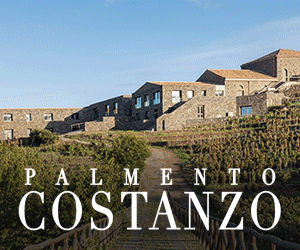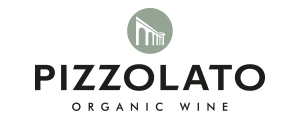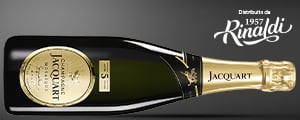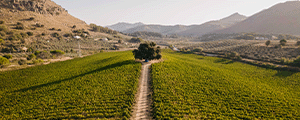The top Champagne Maisons, for decades, have entrusted their oenological identity to capable and esteemed men in the role of Chef de Cave. They have been the long-lived custodians of traditions, and have exercised absolute control over the assembly, creative vision and evolution of the range. There have been no official announcements, no fanfares, but now a new generation of women is leading the oenological teams that the interpretation of the vintages and the stylistic continuity of the cuvée d’assemblage depend on, as well as innovation. Recently, the women of Champagne have conquered the title of Chef de Cave, which is neither an instrumental reversal of trend nor a cultural revolution imposed from the outside. It is a change that has developed within the supply chain, based on expertise, experience and the ever-increasing number of girls who have chosen oenological studies to build their professional future. A summary of these success stories, as WineNews reports, helps understand how the wine world is evolving and progressively moving away from the stereotypes of that latent patriarchy that excluded women from the role of Chef de Cave, especially in Champagne. Julie Cavil, Chef de Cave at Krug since January 2020, joined the Maison in 2006, upon graduating in oenology in Reims and training on the Moët & Chandon technical team. She worked alongside Eric Lebel for 14 years, participating in tastings of the more than 250 batches that each year make up the sensorial mosaic from which the Maison’s Champagnes are created. The change took place gradually. Today, she is the person carrying forward the dream of the founder, Joseph Krug, each year recreating the maximum expression of generosity of the Grande Cuvée. Séverine Frerson has been at the helm of Perrier-Jouët since October 2020. She is the first woman in two hundred years to hold the role of the Maison’s Chef de Cave. Upon graduating in oenology in Reims in 2001, she joined Piper-Heidsieck the same year, and then took over as Technical Director of the Maison in 2018. She then joined Perrier-Jouët in 2020, where she worked alongside Hervé Deschamps, the historic custodian of the Maison’s floral style, for a year. Séverine Frerson’s signature stands out for her refined and modern approach as well as dosages and blends more adapted to climate change, the result of which is her openness to regenerative and sustainable viticulture practices. The talented and determined Alice Tétienne, Chef de Caves at Henriot, was appointed in 2020, at just thirty years old. She began her career in 2014 at the Centre Vinicole Nicolas Feuillatte. In 2015, at Krug, she held the position of Vineyard Manager and was a member of the tasting committee. She graduated in oenology at the Université de Reims in 2015, and that same year she received the Prix de l’Innovation, distinguishing herself for her analytical approach applied to the reading of the terroir. Alice Tétienne, today, is the only professional to hold the dual role of Chef de Cave and Vineyard Manager. Moreover, in 2024, she was appointed Directrice Générale Adjointe of the Maison. Nathalie Laplaige’s fresh outlook and precision has recently brought one of the most beautiful stylistic evolutions so far attributed to a woman to the Maison Chalonnaise Joseph Perrier. She became Chef de Cave in 2017, having worked as an oenologist at Canard-Duchêne for 11 years. She has brought a modern approach to Joseph Perrier, oriented towards parcel-by-parcel winemaking, using wood more carefully, and a significant reduction in dosage. Her vision is precise, and consistent with the positioning of the Maison and Benjamin Fourmon’s new vision for the family Maison. In 2022, the new Chef de Cave, Caroline Latrive, at Maison Deutz, replaced Michel Davesne who had led production for more than 30 years. Caroline and Michel enjoyed a mutually respectful relationship, which began at the time of Caroline's internship in 1999. She continued building her career, which led to her appointment as Chef de Cave of the Ayala Maison in 2011, after having held oenological roles at Bollinger, where she improved Chardonnay, signing emblematic cuvées such as Perle d’Ayala, thereby contributing to bringing the Maison back into the international spotlight. She left that position in 2022 to bring new energy, while being consistent in style, to Deutz. The experience of Elise Losfelt, appointed Chef de Caves of Charles Heidsieck on March 1, 2023, is more recent, and already concluded. She studied at INRA and then held a prestigious position at Château Margaux and joined the EPI Group in 2017, following crossover projects between Champagne and Bordeaux. She then took over at Charles Heidsieck when Cyril Brun suddenly left and moved to Trento to follow Ferrari. One year later, however, she also chose to leave the Maison to return to Château de l’Engarran, the family Estate in Languedoc. On June 18, 2025 Émilien Erard was officially appointed her successor.
Alongside these now highly visible figures in the panorama of the great Maisons, there are the names of women that deserve to be remembered for their pioneering roles. Monique Charpentier was the first woman to hold the role of Chef de Cave in a leading Champagne Maison. She was appointed the role in 2000. After almost 20 years of experience in the laboratories of Moët & Chandon, she was called to manage the production of Mercier. She graduated in oenology in 1984, conducted research on malolactic fermentations and yeast strains for fermentations, accumulating important technical expertise, working away from the spotlight. Her style, as she herself has said, was based on operational precision rather than visibility. Within the supply chain, her appointment was considered the natural recognition of a complete professional path. Sandrine Logette-Jardin took over the technical direction of Duval-Leroy, in 2005, after having joined the company in 1991 as Quality Manager. Her vision is distinguished by analytical rigor and the ability to manage the complexity of modern production, showing particular attention to the balance between scientific methods and stylistic identity. She now supervises the entire technical supply chain of the Maison, signing a coherent, solid and easily identifiable style. Isabelle Tellier took on the dual role of Chef de Cave of Champagne DeVenoge and the Tsarine brand (Chanoine Frères) in 2001. She worked nearly ten years as an oenologist at Boizel, upon graduating in oenology from Reims in 1992. Since then, she has continuously guided the stylistic profiles of both Maisons, covering all stages of production, from harvest to the finished product. Finally, there is an exceptional case. Elisabeth Sarcelet and Carine Bailleul share the role of Chef de Cave at Castelnau. Sarcelet joined the company in 2002 as Technical Director, while Bailleul joined in 2003. They worked closely together for many years, and in 2021 a dual leadership was formalized, which was an unprecedented move in the Champagne panorama. The style of a Maison is often entrusted to a single signature, while their collaboration is an alternative and perfectly functional organizational model.
Women in Champagne today, therefore, are not considered just a “pink quota”. They instead occupy a role that they have earned, due to their competence, experience and perseverance.
Copyright © 2000/2025
Contatti: info@winenews.it
Seguici anche su Twitter: @WineNewsIt
Seguici anche su Facebook: @winenewsit
Questo articolo è tratto dall'archivio di WineNews - Tutti i diritti riservati - Copyright © 2000/2025



